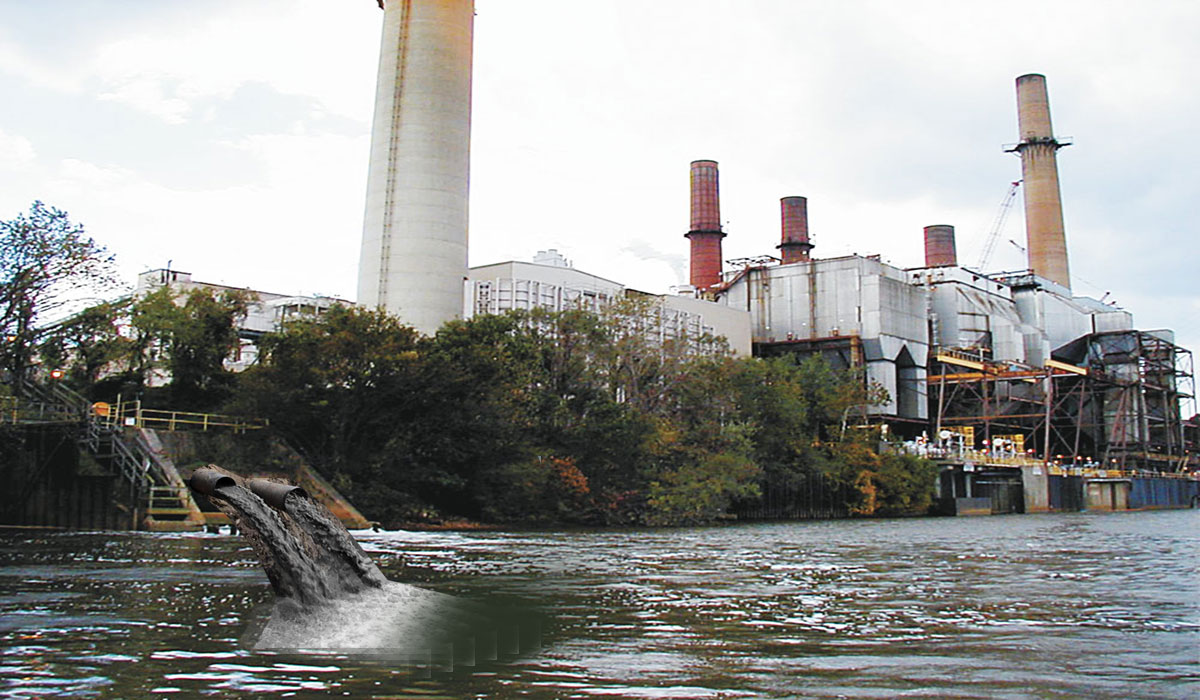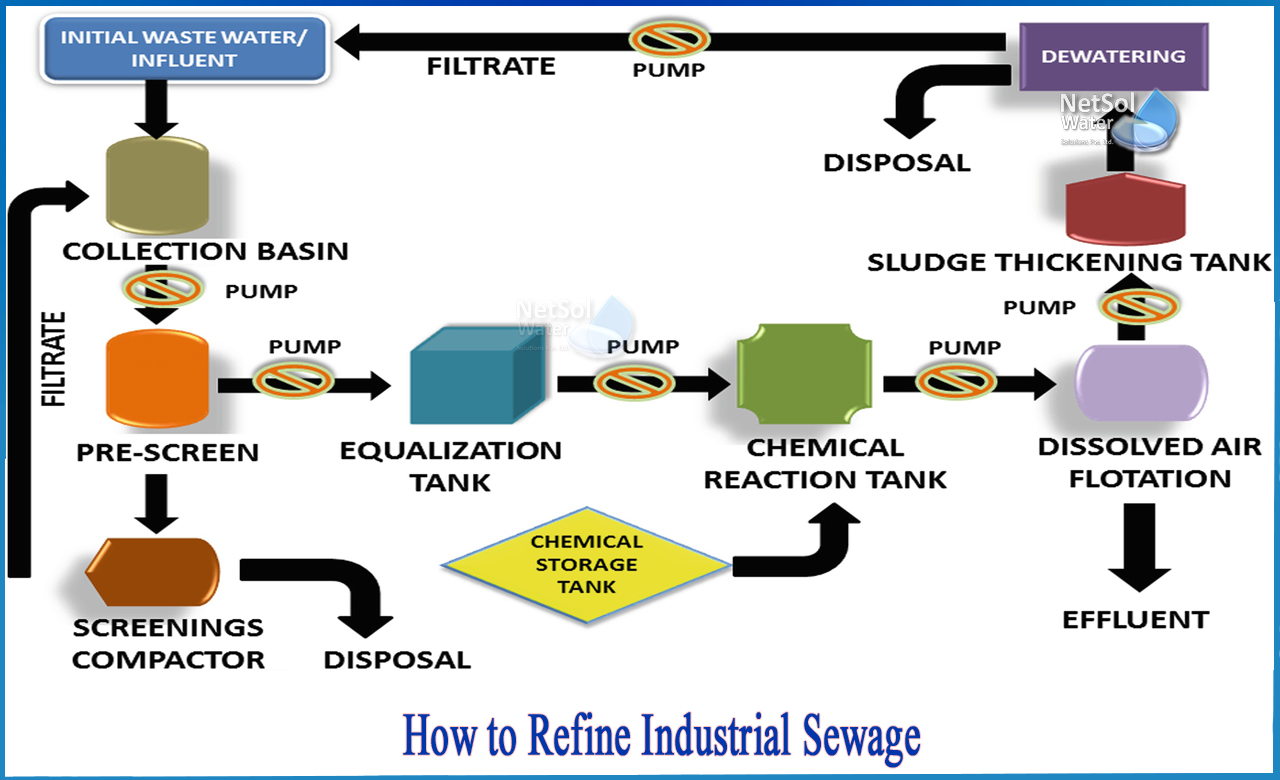Industrial Waste Water Treatment-- Shield the Setting with Specialist Water Treatment Providers
Industrial Waste Water Treatment-- Shield the Setting with Specialist Water Treatment Providers
Blog Article
Technologies and Developments in Industrial Waste Water Therapy Technologies
The landscape of commercial wastewater therapy is undertaking a transformative change, driven by technologies that boost both performance and sustainability. As governing criteria advance, the assimilation of AI and equipment understanding right into wastewater monitoring systems assures to simplify procedures and make sure compliance.
Overview of Waste Water Therapy Technologies
Wastewater therapy innovations include a series of methods made to get rid of pollutants from industrial effluents before their launch into the environment. These modern technologies are essential for keeping environmental balance and making certain conformity with environmental regulations. The key classifications of wastewater treatment consist of physical, chemical, and biological methods, each offering unique purposes based on the nature of the contaminants existing.

Biological treatment techniques use microorganisms to deteriorate natural issue, making them specifically effective for organic-rich effluents. Techniques like activated sludge and biofilm reactors harness the natural deterioration capacities of microorganisms, leading to significant reductions in biochemical oxygen demand (BODY)
Advanced Purification Techniques
Advanced filtering methods stand for a critical evolution in the realm of industrial wastewater treatment, enhancing the efficiency of pollutant elimination procedures. Industrial Waste Water Treatment. These techniques include a variety of innovations, consisting of microfiltration, ultrafiltration, nanofiltration, and reverse osmosis, which supply sequential barriers for various particle dimensions and chemical frameworks
Microfiltration and ultrafiltration make use of membrane layer systems to eliminate suspended solids, bacteria, and bigger natural particles, enhancing the high quality of effluent before further therapy. Nanofiltration links the space between ultrafiltration and reverse osmosis, properly getting rid of divalent ions and natural compounds, therefore minimizing the load on downstream processes.
Reverse osmosis supplies the highest possible level of purification by permitting just water and small particles to go through its semi-permeable membranes, making it perfect for reclaiming top notch water from industrial effluents. Recent innovations in membrane modern technology, consisting of the development of even more fouling-resistant and resilient products, have significantly boosted operational performance and minimized costs.
Including these sophisticated purification methods not just improves the general therapy process yet likewise adds to sustainability efforts by making it possible for water reuse and resource recuperation in industrial setups. (Industrial Waste Water Treatment)
Biological Therapy Innovations

Furthermore, the growth of engineered organic systems, such as membrane layer bioreactors (MBRs), combines organic treatment with advanced membrane layer filtration. This assimilation enables higher effluent top quality and decreased footprint, making it appropriate for space-constrained industrial centers. Technologies in genetically engineered microorganisms have actually also arised, enhancing the biodegradation of certain contaminants, such as drugs and heavy steels, that are typically testing to remove.
In addition, the implementation of bioaugmentation methods, where advantageous germs are introduced to improve the existing biological treatment procedures, has shown encouraging cause boosting treatment performance. These technologies collectively symbolize a fad towards more effective and lasting organic treatment methods that can adjust to the evolving complexities of commercial wastewater streams. As sectors remain to prioritize ecological conformity, these biological advancements will play an important role in wastewater administration.

Source Healing Methods
In commercial settings, the assimilation of resource recovery techniques has come to be progressively vital for boosting sustainability and reducing waste. These approaches focus on extracting useful materials and power from wastewater streams, thereby changing potential toxins into recyclable resources.
One famous approach is nutrition recovery, where nitrogen and phosphorus, commonly present in excess in wastewater, are recorded and converted right into fertilizers. This not only lowers environmental effects yet also gives a circular economic climate remedy for agricultural applications. Furthermore, technologies such as anaerobic digestion permit for the conversion of natural waste into biogas, a sustainable power resource that can offset nonrenewable fuel source usage in industrial operations.
Moreover, progressed filtration and membrane innovations promote the recovery of industrial by-products such as salts and steels. These recouped products can be reintegrated into production processes, minimizing the demand for virgin sources.
Future Trends in Waste Water Management
As markets progressively focus on sustainability, the future of wastewater monitoring is readied to undertake substantial transformations. Technological developments, such as expert system and artificial intelligence, will certainly make it possible for extra reliable surveillance and monitoring of wastewater systems. These modern technologies can forecast upkeep requirements, enhance treatment processes, and enhance decision-making, ultimately reducing operational prices and ecological influence.
Additionally, the combination of circular economic climate principles will certainly play a crucial duty in wastewater monitoring. Industries are anticipated to shift towards systems that not just deal with wastewater however also recover beneficial sources, such as nutrients, water, and energy. This transition will certainly lessen waste and promote the reuse of materials, straightening with worldwide sustainability goals.
Emerging therapy methods, such as membrane bioreactors and check this site out progressed oxidation processes, will better improve the effectiveness of wastewater therapy, enabling higher top quality effluents appropriate for reuse. Additionally, governing frameworks are most likely to progress, emphasizing more stringent requirements for wastewater discharge and encouraging markets to adopt cutting-edge treatment remedies.
Final Thought
To conclude, the advancement of industrial wastewater therapy technologies shows a significant change towards boosted efficiency and sustainability. Technologies in sophisticated purification techniques, organic treatments, and resource recuperation techniques highlight the sector's commitment to ecological stewardship. The assimilation of synthetic knowledge and device discovering further enhances these procedures, guaranteeing regulative conformity and promoting a circular economic situation. Continued improvements in these locations will play an important duty fit the future of wastewater administration and securing essential water resources.
The landscape of commercial wastewater therapy is undertaking a transformative shift, driven by innovations that enhance both efficiency and sustainability.Wastewater treatment innovations include a range of approaches created to eliminate contaminants from industrial effluents before their release right into the setting.Using the power look at here of biological procedures has actually led to significant developments in the treatment of industrial wastewater.Additionally, the implementation of bioaugmentation techniques, where advantageous microbes are introduced to enhance the existing organic therapy procedures, has shown promising outcomes in boosting treatment performance. These innovations jointly indicate a pattern towards more effective and sustainable organic therapy methods that can adapt to the evolving intricacies of industrial wastewater streams.
Report this page